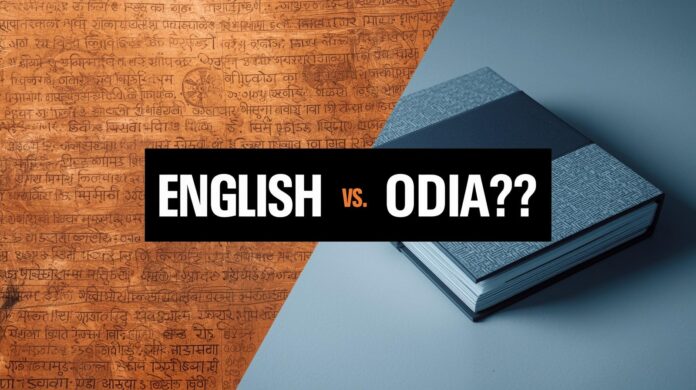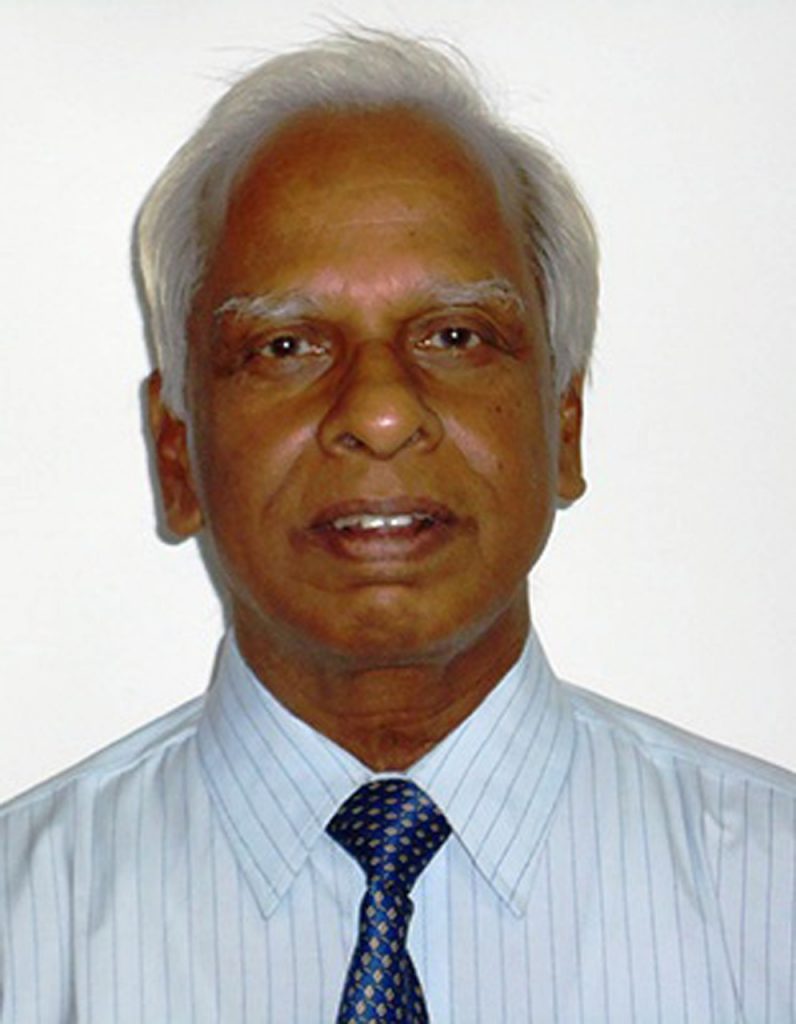In the 24.12.1870 issue of the weekly newspaper “The Utkal Dipika”, there is a report of the passing away of Babu Nabin Chandra Sarangi. It mentions that one does not know whether he had done some social work or something for the public good that had earned him esteem among the people. But he was well-known for his great command of the English language. He was decidedly the best among the people of Orissa (the old spelling of Odisha) in this respect. It was almost like his mother language. Today, no newspaper from Odisha is likely to publish a news item on an Odia’s command of English. Times have changed. Many intellectuals and Odia language activists in Odisha believe that English is responsible for hindering the development of the Odia language.
Many of the present generation in Odisha may not know that, apart from the novel and the short story, contact with English led to the emergence, in Odia, of essay, travel writing, autobiography, biography, detective story, journalistic discourse, and textbook writing. There was no history of Odisha in the Odia language in the pre-contact times, nor literary criticism. The time of prose in Odia had come as a result of the contact. Prose became the primary mode of writing, be it fiction or non-fiction, and as a result, the quality of prose improved. Prose gave the writer much freedom of expression. A very important consequence of the wide use of prose was the fillip that it gave to the development of the knowledge-based literature in Odia. As for the mechanics of writing, Odia borrowed the punctuation system from English. Before that, there was only a full stop in Odia. Needless to say, punctuation greatly improved the readability of written material.
There was, one might observe, a form of biographical writing in Odia during the pre-contact period, for example, “Jagannatha Charitamruta” by the eighteenth-century poet Dibakara Das. But it was composed in the mode of “mahima (celebrating the greatness of the subject)” writing, where fact and fiction nicely blend. “Madala Panji”, a thirteenth-century Odia text which reports events of different kinds about Sri Jagannath Temple in Puri, like the inscriptions dating back to the twelfth century, despite their historical value, cannot be viewed as a precursor of history writing in Odia in the modern sense of the term “history”. With the emergence of the genres of writing mentioned above, both fictional and non-fictional writing in Odia were enriched.
As the world changed, the Odia speech community found its repertoire of words inadequate to describe the new reality. English facilitated communication in this respect. The Odia lexicon for informal and semi-formal communication was augmented with words from English. In due course, quite a few words from English were naturalized in Odia and were used in informal and formal speech and writing in Odia.
Some intellectuals and language activists have been asserting these days that English is arresting the development of Odia. Many parents, even in semi-urban areas, have been sending their children to English-medium schools. In the big cities, some parents are encouraging their children to use the English forms of address at home. The educated people have been using English-mixed Odia in their speech. It is often not noticed that they have been speaking Hindi-mixed Odia as well. The domains of use of Odia have remained almost the same as before, whereas the domains of use of English have increased. For example, invitations for family functions and public cultural events, and signboards of commercial establishments are written in both Odia and English and sometimes in English alone. It is said that the educated, non-resident Odias prefer to use English rather than their mother language in their day-to-day conversation.
But it is not clear how English is hampering the development of Odia. Odias, in and outside the state, in the country, are not shifting to English. They use English-mixed Odia in speech, but this mixed Odia is “Odia”, not “English”. Those who live abroad often shift to the main language of their new country, say in a generation or two. This is understandable. But they continue to assert their Odia identity. Incidentally, generally speaking, the Odia diaspora connects to their roots through religious observances and cultural practices, not language.
It may be of interest to note what Mahatma Gandhi said in 1935 at the Annual Conference of the Hindustani Sammelan at Indore. He observed that English is necessary for the Indians to acquire modern knowledge, to have knowledge of the world, and to trade with it. Needless to say, what Gandhiji had said then holds for now as well. We must not have a hostile attitude to English but accept English and be clear about why we need English and what use we should make of it.
Here, I propose to mention just one or two things in this regard. We should use it for the development of our language. Our lexicon can be enriched by words from English. Rather than coining Odia words for words like “party”, “dinner”, “mobile phone”, “smart phone”, “laptop”, “operation (i.e., surgery)”, etc., we should include these in our lexicon in a suitable form. Enrichment of the lexicon means enrichment of the expressive power of the language. And a word belongs to a language if the speakers of that language have been using it in their communication for a period of time. Where it originated is inconsequential. We can benefit from English in yet another way: those who are proficient in English must make modern knowledge, which they access with English, available to those who are not proficient with the language. This would contribute to the making of an inclusive “knowledge society” in Odisha. Then, to increase the domains of the use of Odia in the education and professional sectors, we need to translate material written in English into Odia, because modern knowledge, as far as we in India are concerned, is being created and disseminated in English. In addition, translation will give us the much-needed modern technical discourse in our language. Finally, the new genres of writing available in the English language, such as climate fiction, graphic fiction, and narrative non-fiction, among others, and we can look forward to creative writings in Odia in these genres. Thus, proper use of the English language can enrich our language and literature.
(The views expressed are the writer’s own)
Prof. B.N.Patnaik
Retd. Professor of Linguistics and English, IIT Kanpur
Email: bn.patnaik@gmail.com
(Images from the net)


